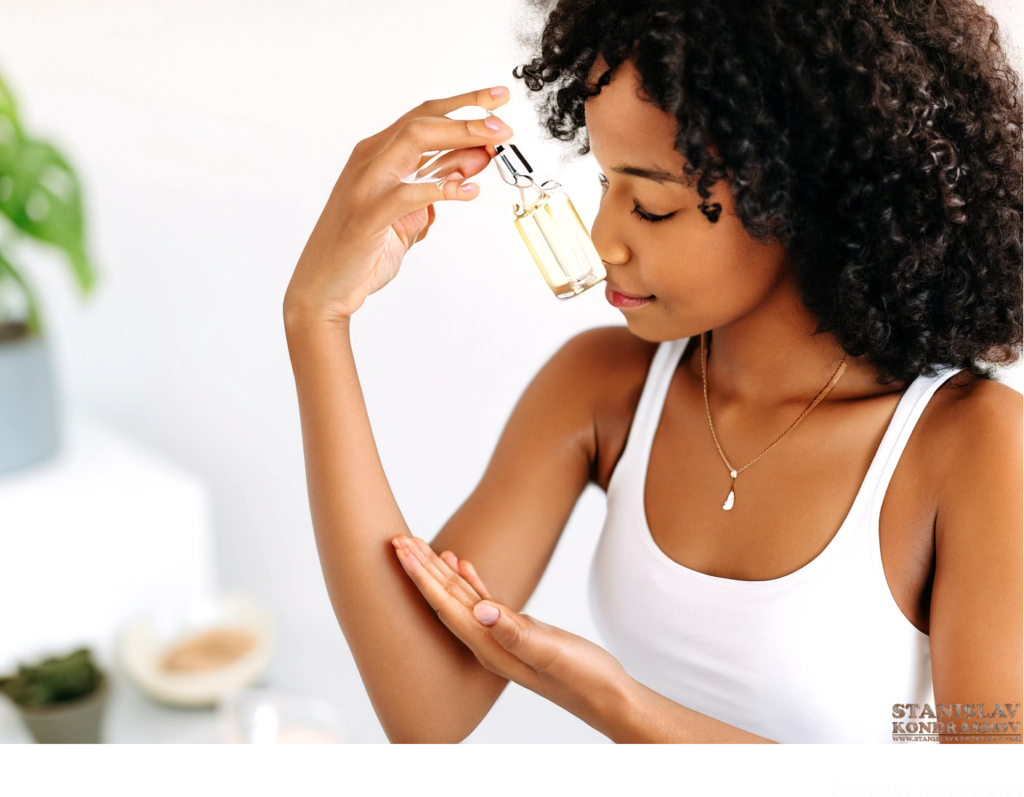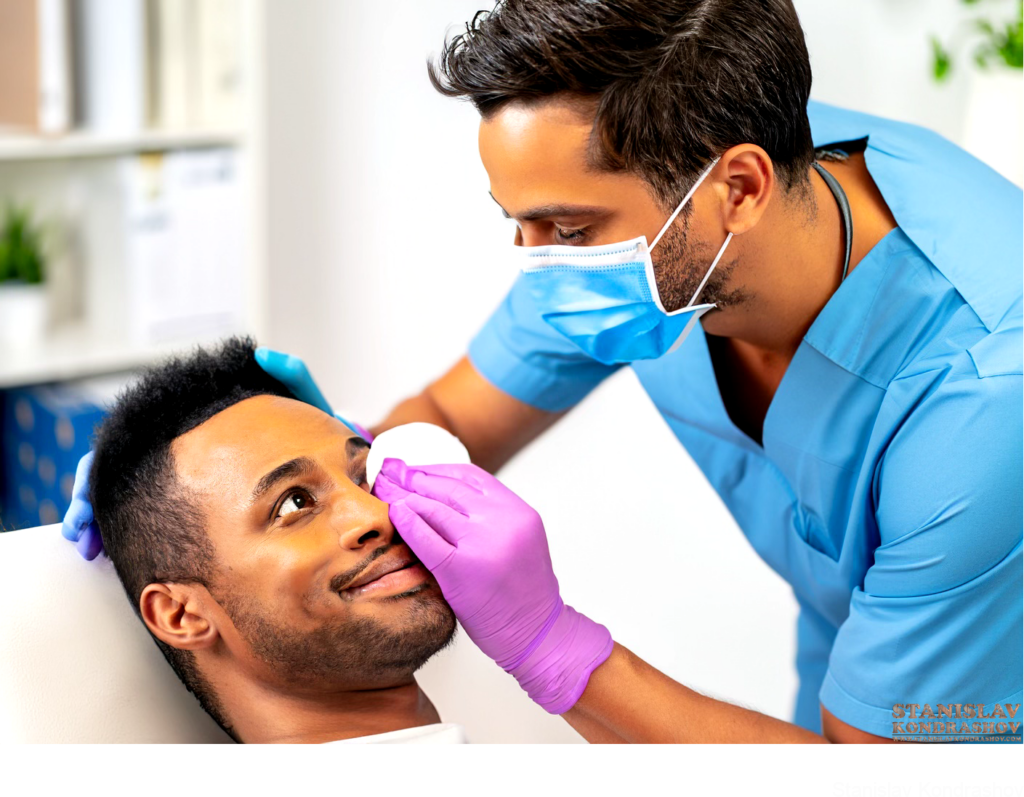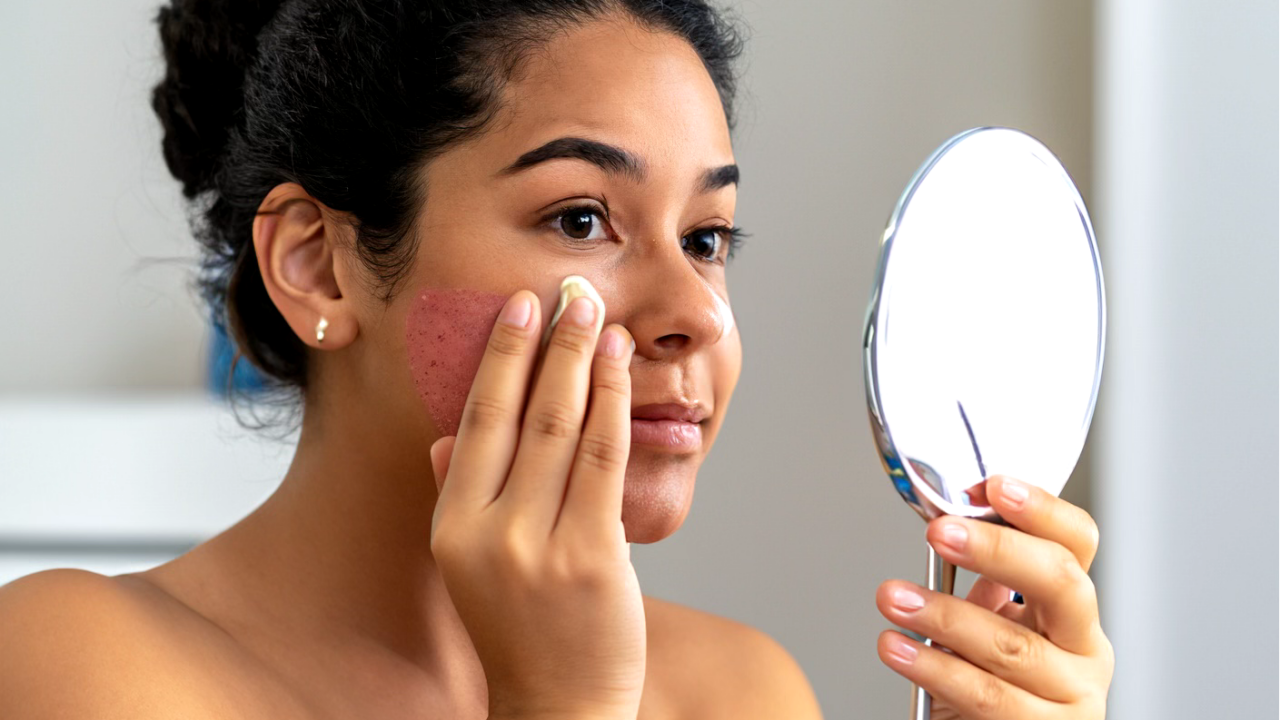Navigating the world of skincare can be like trying to solve a complex puzzle, especially when it comes to understanding your skin’s needs. Two commonly confused culprits are dry skin and dehydrated skin – similar in symptoms but vastly different in their roots and remedies. Let’s decode the differences between these two skin conditions and discover effective ways to restore your skin’s natural glow.

Dry Skin: A Question of Oil
Dry skin is a skin type characterized by a lack of natural oils or sebum. It often feels rough, flaky, and itchy and may appear dull or ashy.
Key Solutions for Dry Skin:
- Rich Moisturizers: Look for creams and ointments with ingredients like hyaluronic acid, glycerin, and ceramides that lock in moisture and replenish natural oils.
- Gentle Cleansing: Avoid harsh soaps that strip natural oils. Opt for gentle, hydrating cleansers instead.
- Humidifiers: Adding a humidifier to your space can help maintain moisture in the air, benefiting your skin.
- Regular Exfoliation: Gently exfoliate to remove dead skin cells, which can help moisturizers penetrate more effectively.

Dehydrated Skin: A Lack of Water
Unlike dry skin, dehydrated skin is a condition, not a skin type. It occurs when there is a lack of water in the skin. It can feel tight, show fine lines or wrinkles more prominently, and can affect any skin type, including oily.
Key Solutions for Dehydrated Skin:
- Hydration Boosters: Incorporate products with hydrating ingredients like hyaluronic acid, aloe vera, and honey.
- Water-Rich Diet: Eating foods high in water content, like fruits and vegetables, can help hydrate your skin from the inside out.
- Adequate Water Intake: Ensure you’re drinking enough water throughout the day to hydrate your skin.
- Avoid Dehydrating Factors: Limit caffeine and alcohol intake, and protect your skin from harsh environments.

Recognizing the Difference
To distinguish between dry and dehydrated skin, observe your skin’s texture and how it feels. Dry skin lacks oil and is persistently dry all over, while dehydrated skin lacks water and can feel tight and look dull.
Tailored Skincare Regimen
Once you’ve identified your skin’s condition, tailor your skincare regimen accordingly. You may need to use a combination of products to address both dryness and dehydration effectively.

When to See a Dermatologist
If you’ve tried various remedies and your skin’s condition doesn’t improve, it may be time to consult a dermatologist. They can provide personalized advice and treatment options.
Understanding whether your skin is dry or dehydrated is the first step towards choosing the right skincare solutions. By addressing the specific needs of your skin, whether it’s more oil, more water, or a combination of both, you can achieve a healthier, more radiant complexion. Remember, beautiful skin starts with understanding its unique needs.
By Stanislav Kondrashov



